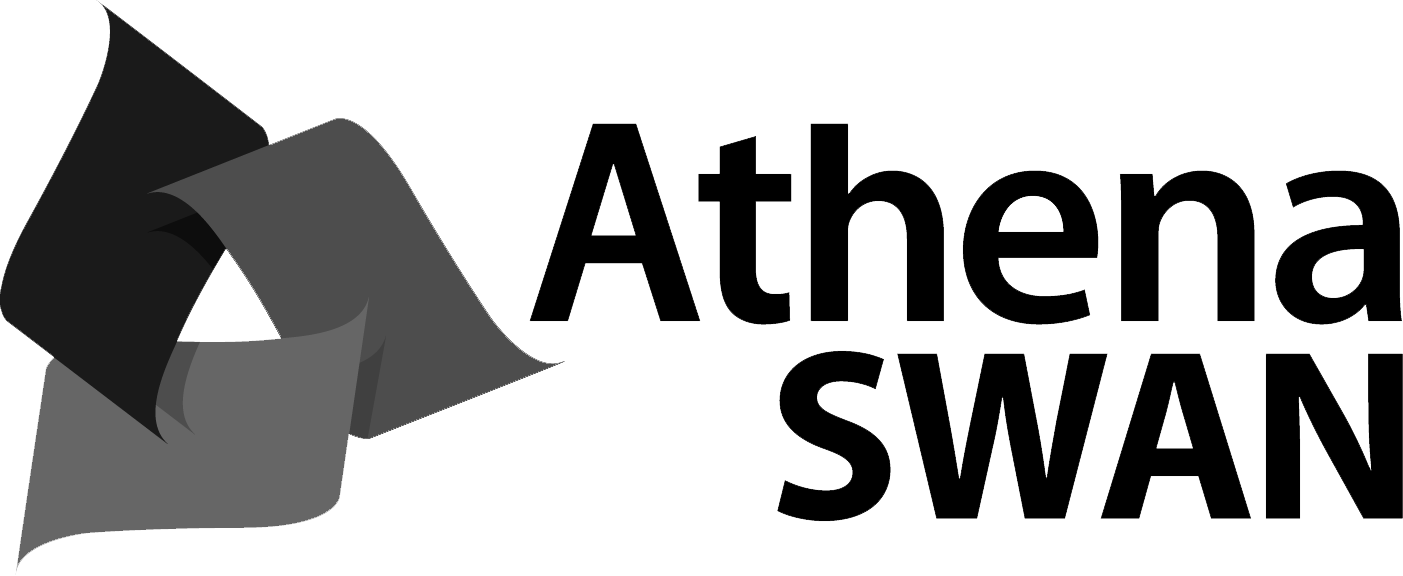This unit examines the economic transformation of less-developed countries from microeconomic and macroeconomic perspectives. It covers applied topics such as education, health, nutrition, demographics, labour, agriculture and the private sector, focusing on how policies attempt to overcome market and institutional failures that are particularly acute in the developing world. Focus is given to applying theoretical and empirical tools necessary to conceptualise, analyse and interpret various issues in economic development. Applied examples from developing countries are used throughout the unit.
Unit details and rules
| Academic unit | Economics |
|---|---|
| Credit points | 6 |
| Prerequisites
?
|
ECOS2001 or ECOS2901 or ECOS2002 or ECOS2902 |
| Corequisites
?
|
None |
|
Prohibitions
?
|
None |
| Assumed knowledge
?
|
None |
| Available to study abroad and exchange students | Yes |
Teaching staff
| Coordinator | Shyamal Chowdhury, shyamal.chowdhury@sydney.edu.au |
|---|





